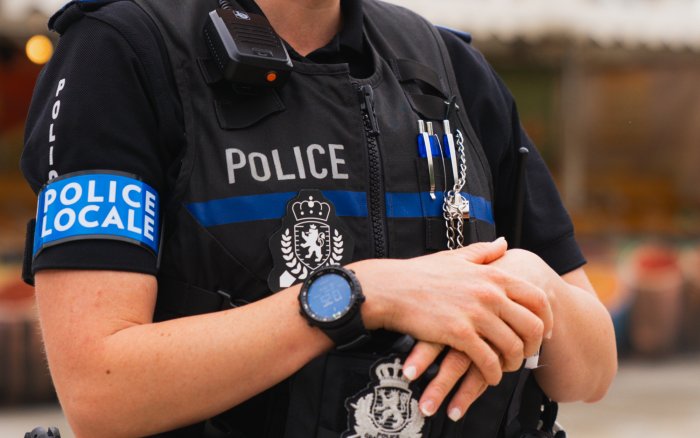Unveiling the Revolutionary Changes in Local Policing
During a recent press conference, the Director General of the Grand Ducal Police, Pascal Peters, shed light on the original concept behind the local police force. The primary goal was to ensure local public order, with a visible police presence to enhance accessibility and proximity to agents.
Peters emphasized the importance of regular communication with the mayor, as well as the implementation of standardized reporting procedures. Various organizational models were tested during the pilot project, with a “variable rotation pool” structure ultimately recommended for its flexibility in managing local police patrols.
Approximately 1,650 local police actions were carried out during the pilot project in two municipalities, with a significant portion in Luxembourg. In addition to these actions, over 3,400 preventive police checks and 2,600 traffic-specific controls were conducted during the same period.
The direct interaction with citizens during these missions was well-received by police officers, highlighting the positive impact of community engagement.
Furthermore, Peters outlined the criteria for introducing local police in other areas, such as high-traffic locations, visible crime hotspots, and prevalent local public order issues.
Additional personnel will be required for each local police unit, with recruitment efforts already underway. The Minister of Internal Affairs emphasized the importance of sufficient staffing, modern equipment, and adequate infrastructure for a modern police force.
In conclusion, the modernization of the police force hinges on three key pillars: adequate staffing, modern equipment, and suitable infrastructure, setting the stage for a more efficient and effective law enforcement system.
FAQs
1. What was the primary goal of the local police force?
The primary goal was to ensure local public order and enhance accessibility and proximity to police agents.
2. How many local police actions were conducted during the pilot project?
Approximately 1,650 local police actions were carried out in two municipalities.
3. What were the criteria outlined for introducing local police in other areas?
The criteria included high-traffic locations, visible crime hotspots, and prevalent local public order issues.
4. What are the key pillars of a modern police force?
The key pillars are sufficient staffing, modern equipment, and adequate infrastructure.
5. What recruitment efforts are currently underway?
A recruitment campaign has been launched to increase the number of candidates for the upcoming promotion.
6. How was direct interaction with citizens perceived by police officers?
The interaction was well-received, showcasing the positive impact of community engagement.
7. What organizational model was recommended for managing local police patrols?
The “variable rotation pool” structure was ultimately recommended for its flexibility.
8. How many preventive police checks were conducted during the pilot project?
Over 3,400 preventive police checks were conducted during the same period.
9. Who emphasized the importance of staffing, equipment, and infrastructure for a modern police force?
The Minister of Internal Affairs emphasized these key elements for a modern police force.
10. What additional requirements are needed for each local police unit?
Additional personnel will be required for each local police unit to ensure effective operations.

